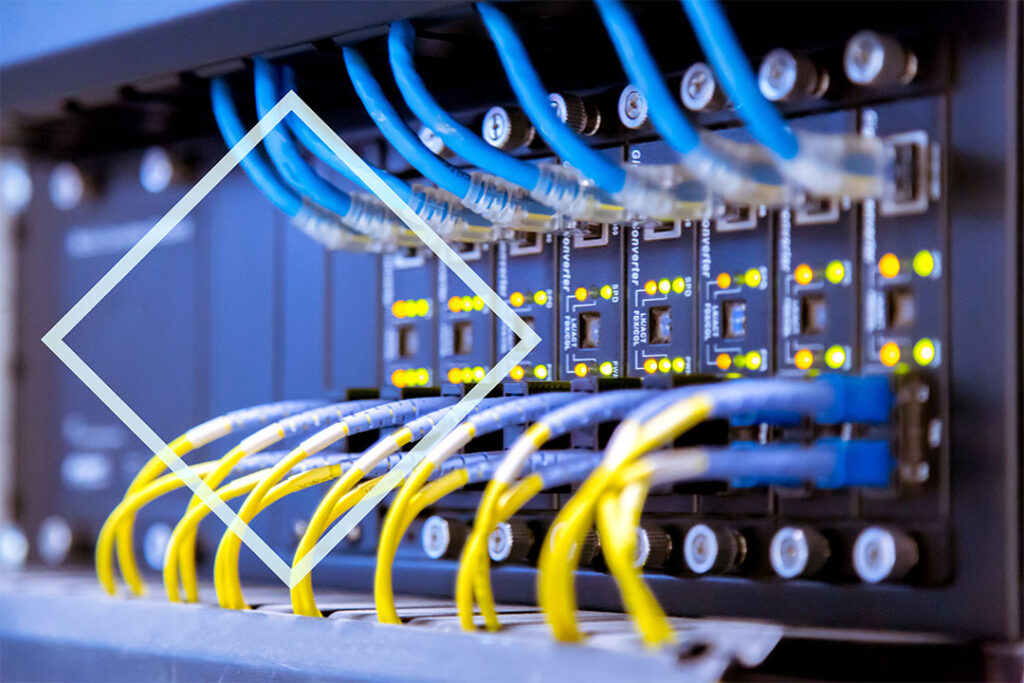How To Unify Physical and Cyber Security

In today’s digital age, cybersecurity has become increasingly important. However, protecting your organization from cyber threats is only half the battle. Physical security is also crucial, as it protects your people, assets, and facilities from a range of threats. Integrating cybersecurity and physical security can help you create a comprehensive security strategy that protects your organization from both digital and physical threats.
Here are some best practices for integrating cybersecurity and physical security:
- Conduct a Comprehensive Risk Assessment
The first step in integrating cybersecurity and physical security is to conduct a comprehensive risk assessment. This will help you identify the potential threats to your organization and the vulnerabilities that may be exploited. The risk assessment should cover both digital and physical security and include all critical assets and facilities.
- Develop a Unified Security Strategy
Once you have identified the risks, develop a unified security strategy that integrates cybersecurity and physical security measures. This strategy should align with your organization’s overall goals, objectives, and values. It should also be flexible enough to adapt to changing security threats and business needs.
- Educate Employees
Employee education is critical to the success of any cybersecurity and physical security strategy. All employees should be aware of the importance of security and how to help protect the organization. Regular training sessions should be conducted to ensure that everyone understands the latest security threats and how to respond to them.
- Implement Access Controls
Access controls are essential for both digital and physical security. Implement access controls to restrict physical access to critical systems and data. Use security cameras, badges, and other physical security measures to monitor and control access to sensitive areas. For digital security, implement multifactor authentication for remote access to critical systems and data.
- Monitor Network Traffic
Monitoring network traffic is essential for detecting and responding to suspicious activity. Use firewalls, intrusion detection systems, and other security tools to identify potential threats and respond to them quickly. Regularly monitor and analyze network logs to identify any unusual activity.
- Create Incident Response Plans
Incident response plans should cover both physical and cybersecurity incidents. These plans should outline the steps that need to be taken in the event of a security breach or incident. Test these plans regularly to ensure that they are effective and that all stakeholders understand their roles and responsibilities.
By following these best practices, you can create a comprehensive security strategy that integrates both cybersecurity and physical security measures. This will help protect your organization from a range of security threats, both digital and physical.
Want to find out more? Click here for your free consultation.
- Enhancing Security with Advanced Technologies: A Deep Dive into Key Terms - July 26, 2024
- The Future of CCTV: Innovations and Trends Shaping Tomorrow - July 19, 2024
- Exploring New Developments in the Security and Life Safety Industry - July 12, 2024
